Welcome, Friends!
When The Solidarity Team and I decided to write about Mister Fred Rogers it wasn’t because we’re coming up on 20 years since his passing. It wasn’t even because I’m privileged to be singing his work in concert this coming April.
There was no one reason to write about Mister Fred Rogers, perhaps the kindest man who ever graced this earth. Certainly he was among the kindest to ever have his kind of platform and impact. Someone whose legacy is one of pure love and whose impact has been seen on generations. I see glimpses of his legacy everywhere.
All over social media too. And especially all over Storytime Solidarity: In Mychal’s Mister Rogers photoshoot. In Ms. Christina’s kind and calm musical presence, Ms. Rosie’s Mister-Rogers-themed storytimes, which she titles: “It’s you, I Like.” I have taken the same life-affirming phrase as the title for my concert.
Because we all need to hear that, even grownups. Mister Rogers is an inspiration for me as I’ve begun to live authentically: openly Autistic. Openly queer. Proudly disabled. Proclaiming who I am in solidarity with children who do not feel they fit. Providing a little bit of representation in myself and more through sharing the works of my team members and the creators we try to amplify.
We hope you’ll enjoy this collection of our thoughts, reflections, media, and finally a list of some great books to include in Mister-Rogers-themed storytimes.
In Solidarity,
Ms. Kate (she/they)
The Lavender Librarian
Creator and Director, Storytime Solidarity
Mychal Threets
(He/Him)
Mister Rogers is someone I’ve admired as long as I can remember. His vibe was simple and straightforward: genuine kindness. Whenever he said, “Hello, neighbor,” it made you think he was speaking to you personally (even through the TV).
As a librarian, I’ve tried to treat library workers and coworkers like Mister Rogers would. The very thought of Mister Rogers brings peace, and makes a hard day happier.
We were so lucky to have had Mister Rogers in the world. Thankful for his kindness, his friendship, for being my neighbor. I’ll always want to be like him, to become the librarian Mister Rogers — cardigan and all!
Mychal Threets (he/him)
Erika Grumet
(She/They)
My favorite part of Mister Rogers’ Neighborhood was always the Neighborhood of Make-Believe. I was especially fond of Daniel Striped Tiger (that’s Stripe-ed, not striped, just FYI.) He was sensitive and frightened–two things that I often felt, but in his world, the grown-ups were kind and help him feel safe and to shed his fears because he was ready, not because of their demands or because he was ridiculed.
I outgrew Mister Rogers before my youngest sibling did. I held onto my fond memories of seeing him soaking his feet with Officer Clemmons, and of watching a movie about how crayons are made, but I declared Mister Rogers “too cheesy” for me, and I didn’t give him or his show much thought.
When my youngest child was almost three, PBS Kids premiered a new show with characters from the Neighborhood of Make Believe centering on Daniel Tiger. I knew they would like it, although I expected it to be irritating the way I had grown to find Mister Rogers irritating as an elementary schooler. It turned out that an anthropomorphic tiger was just what my child needed to help cope with anxiety and other tremendous emotions. There’s’ a video I cherish of the child singing “When you feel so mad that you want to ROAR…Just take a deep breath, and count to four,” and then inhaling deeply, reaching a hand high overhead, stepping it down one step at a time and counting “One, Two, Three, Four,” while exhaling. Just practicing, I was assured, for the next time they were mad.
I soon introduced both children to the original Mister Rogers’ Neighborhood. We learned about crayons and about Koko the Gorilla (a favorite episode) and everything imaginable. I had no idea what an impression the show had made on my kids until about a year later when one of our cats died. We were all feeling sad, but we had the words to talk about our feelings in part because of Mister Rogers. And then, one of the children blurted out “I think Beta Cat is in Mister Rogers’ Neighborhood.” The children decided that that is where you go when you die. They had come up with the idea on their own — we had never discussed an afterlife, but to them, that was the nicest, most peaceful place where you could go.
A year after our cat died, my father passed away. He’d been ill for a while but his death was sudden and unexpected. I flew home and gathered with my siblings and my mother to make arrangements for the funeral, and as we sat there, signing papers, choosing a casket and all of the other sad tasks we had to do I found the thought of Mister Rogers’ Neighborhood very comforting. The lessons of kindness, compassion and gentleness that I had learned from Mister Rogers as a kid had also come to my own children through a new introduction of the characters, and in turn, they were able to help me find peace and hope in a very difficult time.
Erika Grumet
Ingrid Christina
(She/They)
Mister Rogers is my biggest influence! When I began virtual programming at the beginning of the pandemic, I studied Mister Rogers’ show and watched multiple documentaries on him. I took note of Mister Rogers’ pacing, volume, and overall sense of calm. I try to conduct my classes and videos in the same way — nothing loud, fast, or flashy, just good, steady content from the heart.
Ingrid Christina (she/they)
Director of Music and Media, Storytime Solidarity
C0-Creator, Sing Rhyme and Play with Ms. Christina

Rosie Camargo
(She/Her/Ella)
I, like many Americans growing up during the 1980s, watched everything on PBS. My mom had been in the United States for a few years by then and when she took me to daycare I did not speak any English. My teacher told my mom to have me watch the staples Sesame Street and Mister Rogers. Unfortunately my mom understood the instructions as “put her in front of PBS” and so I also watched This Old House, Masterpiece: Mystery! with the amazing Edward Gorey intro, NOVA and so much more! I blame this as the reason I never quite fit in with other kids my age and why I became a librarian.
Mister Rogers was an ASMR show for kids before that even was a thing. His soothing voice, the soft visuals, and easy dialogue could soothe any frantic little person. I loved watching the Train take me away to the Land of Make Believe, and play with Lady Aberlin, Mr. McFeely, and Daniel Striped Tiger. I was a little scared of Lady Elaine Fairchilde. I learned about how crayons and peanut butter were made. Why we should love our neighbor and most importantly I learned how to be a good neighbor. These lessons I continue in my adult life and I teach them to my child. We sat and watched Daniel Tiger the animated series together and it was so nice to see that they also continue the work Mister Rogers planted.
When I was thinking of a storytime theme I really wanted to teach little ones to love themselves and love each other. And so “It’s YOU I Like” came to be. Children learn to like the inner YOU and then learn to like the YOU of another person. Instead of a craft I decided to give back, and make kindness projects for our community.
I hope HE is happy with all the ways he has inspired the children he spoke to through the TV and all the amazing adults we became.
Rosie Camargo
Director of Diversity, Equity and Inclusion, Storytime Solidarity
Annie Coppell
(She/Her)
In Aotearoa New Zealand, our TV watching reflected our outside cultural influences.
In the beginning, with only one channel, most of our programmes were imported from, or locally-made versions of, British shows. So, I grew up with the New Zealand version of Play School.
“Here’s a house. Here’s a door. Windows. One. Two. Three. Four. Ready to knock. Turn the lock. Play school.”
But, my overwhelming memory is of the New Zealand version of the American Romper Room. I even wrote a fan letter to Miss Yvonne — and had a reply! (I’m sure I’m not the only 70s child who was thrilled when Miss Yvonne became the Prime Minister’s wife!)
My family would sing the “Bounce Balloon” song and play the game. (The balloon is on a string and you bounce it off your hand — following the instructions in the song.)
From memory:
Bounce, bounce, bounce balloon
Bouncing’s so much fun
Use your hand, or fist, or wrist
And keep it on the run.
And this is a memory from this show which I often use in storytime now:
Bend and stretch
Reach for the stars
There goes Jupiter
Here goes Mars
Bend and stretch
Reach for the sky
Stand on tippy-toes
Oh, so high.
When a team-mate (not born in Aotearoa) asked if you used two hands to do the actions for the movement of Jupiter and Mars, my team leader and I — in duet — said ‘YES!’ as we learned from Miss Yvonne.
I also watched Sesame Street, but preferred the chaos and anarchy of The Muppet Show (I own two Muppet Show LPs, but have WAY more Wombles on vinyl). I watched The Electric Company. And Bewitched (Endora was my favourite. But, my teddy bear’s name is Tabitha.) Also Logan’s Run — my budgies were called Logan and Jessica. With all of this American content beamed to us, in the other side of the world — I don’t know why we never saw Mister Rogers. (Nor Captain Kangaroo.) It might have been nice to have such a reassuring and caring presence on my TV screen, while my family life was in chaos.
At least I had Miss Yvonne.
Auntie Annie Recommends!
David Chu
(He/Him)
When I think about Fred Rogers, it doesn’t transport me to my childhood. Mister Rogers speaks to the adult in me more than he ever did to the little boy who was growing up in a world that, by all rights, should have looked much more like what he espoused and sought for everyone around the world. Between undiagnosed disability, my mixed race origins, and the way which people treated me over both of them, and the things they expected of me both in spite of and because of those identities and ways of being, my childhood was a minefield that definitely was not welcoming of difference.
I love Fred Rogers. His message is timeless, not because it is something inherently resonant for all people, but because it is still important today to hear and embody the hard work that he made look so easy. Part of his genius was just how simply he could display the care and kindness, the inclusion and consideration for those who didn’t look like him, speak like him, or exist in the space which was afforded to those who shared his space.
Kindness is work. It is a choice made every moment of ever day, and Fred did it without blinking, without hesitation, and he encouraged us all to look inwards and either do it with him or figure out why we weren’t. That’s a powerful message that he perfected, made reachable and graspable to children and adults alike.
Like many of the others who partake of Storytime Solidarity, I grew up in a world that was hostile to people like me, and where the Neighborhood wasn’t what Mister Rogers told us that it ought to be. He made me believe in a world where, if we all embody his spirit, we could change it until everyone lives in that acceptance and welcome. Mister Rogers taught me to hear his message when I was ready for it, when I wanted to find a way to live for more than just survival and become someone who could help push the narrative away from hatred and indifference and into the boundless love that ought to be our legacy.
You may not be my neighbor yet, but won’t you join us and help open the doors to everyone?
David Chu
Aimee Clifford
Soprano
You only need to bring up the name “Mister Rogers” to elicit an expression of joy from many adults who grew up with his message. As a music teacher I frequently introduce his music to kids and find that they love singing it, and their parents love hearing the songs all over again! It’s also a thrill to perform Fred Rogers’ music as a professional singer because of its complexity combined with its positive messages.
Fred Rogers’ genuine kindness not only shone through television but was apparent in countless anecdotes people will bring up when discussing Fred Rogers the person versus Fred Rogers the television personality. My favourite Mister Rogers’ anecdote, while not confirmed to be a true story, is entirely believable because of Fred Rogers’ reputation for genuine kindness: allegedly Fred Rogers’ car was stolen outside a television studio in Pittsburg, Pennsylvania, only to be returned within 48 hours with an apology note included. Attach any other name to the story and it suddenly isn’t nearly so believable — either way it’s the perfect combination of “What would Mister Rogers think?” and “How would Mister Rogers act?” The world would be a much kinder and gentler place if we all stopped and asked ourselves these two questions.
Kate Reynolds
(she/they)
If you’ve made it this far I thank you so, so much. Know that my team and I like you, reader. We at Storytime Solidarity are proud to volunteer our time and talents to help make the world a little closer to the one Fred Rogers new we were capable of.
If you’d like to find ways to support us, consider following us on social media to increase our reach. We’re now on most platforms. If you have the resources to contribute a small amount monthly you can join our newly launched Patreon. You can also donate a ticket (or purchase one for yourself) to my upcoming Mister Rogers concert for as little as $5 CND.
Or, simply, share what you’ve learned with the children in your lives. Read them new books by new authors, sing them songs of kindness, or simply spare a moment to tell them how wonderful we all know they are.
In Solidarity,
Kate (she/they)
Mr. Roger’s Booklist
Welcome to the Neighbourhood
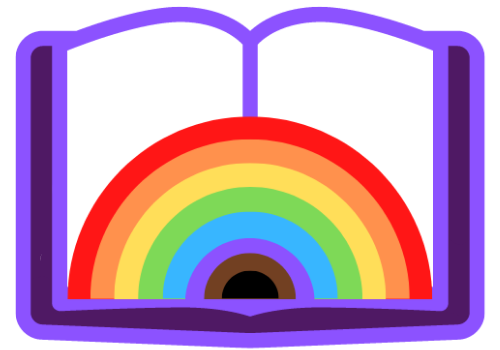
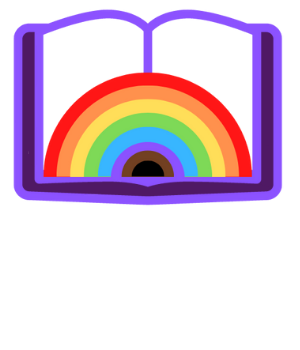
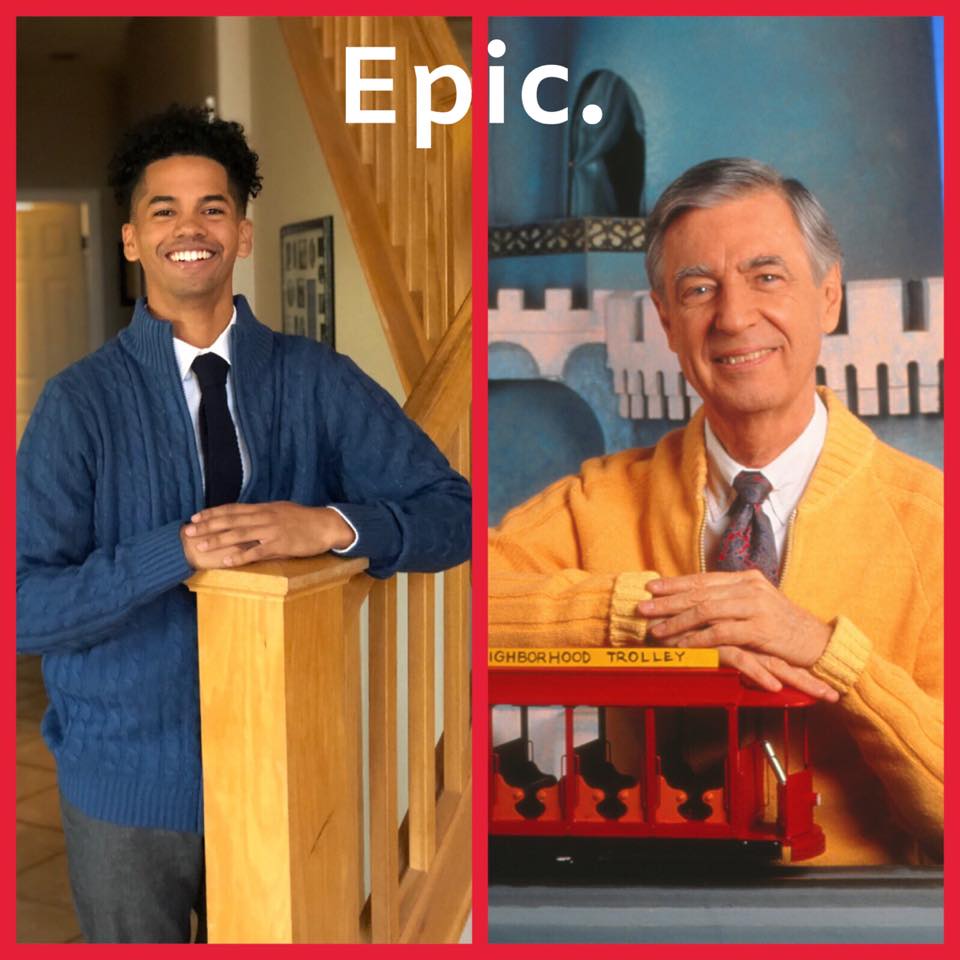
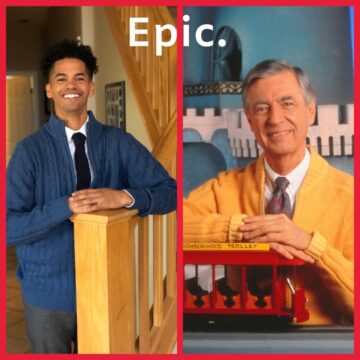
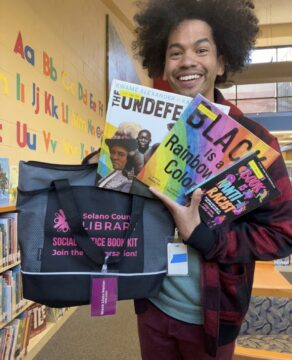
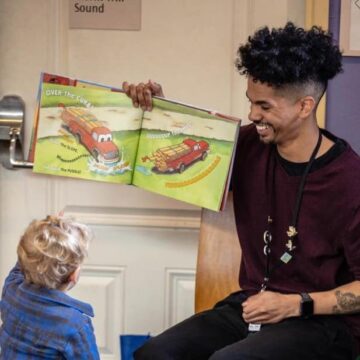
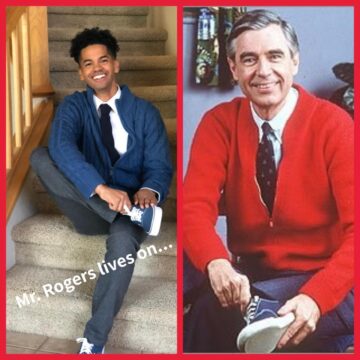
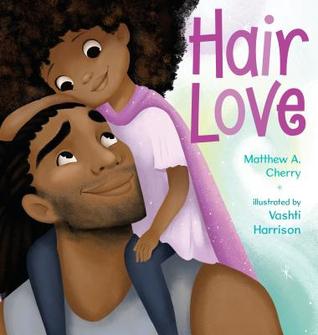
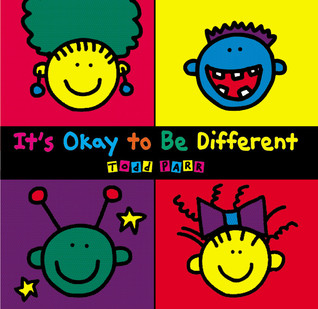
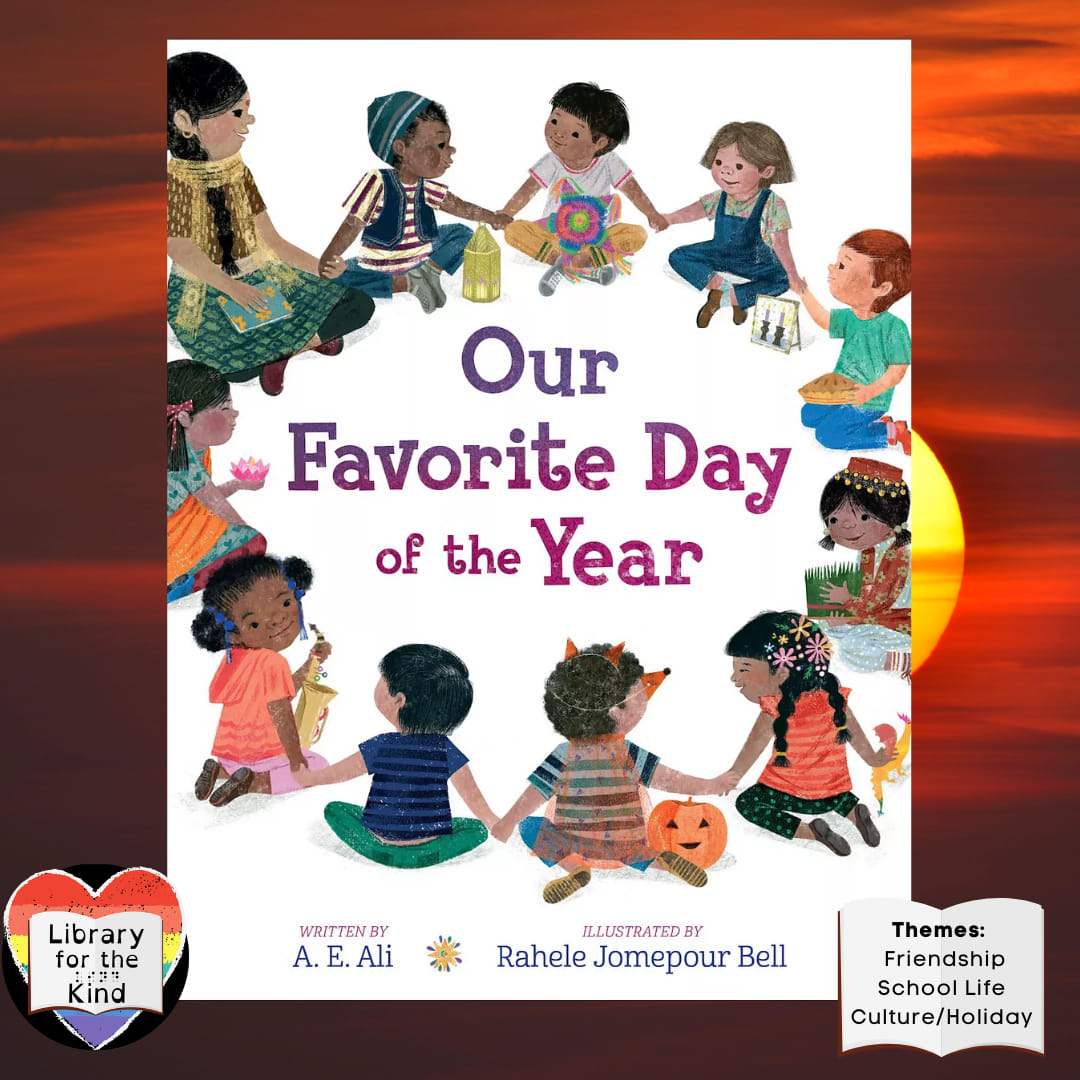
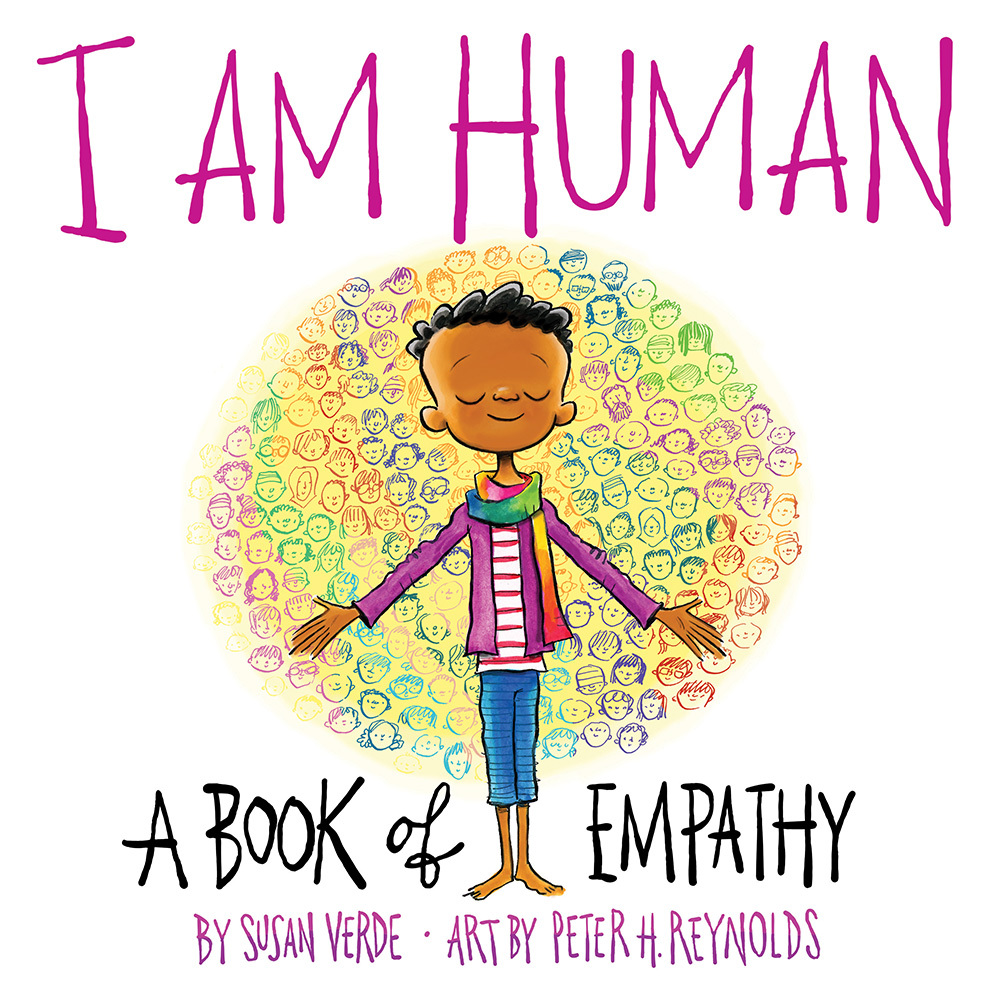
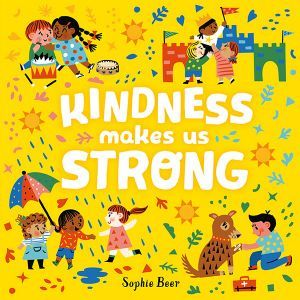
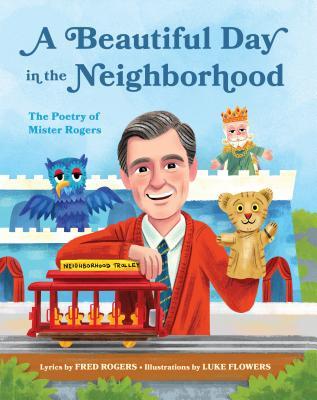
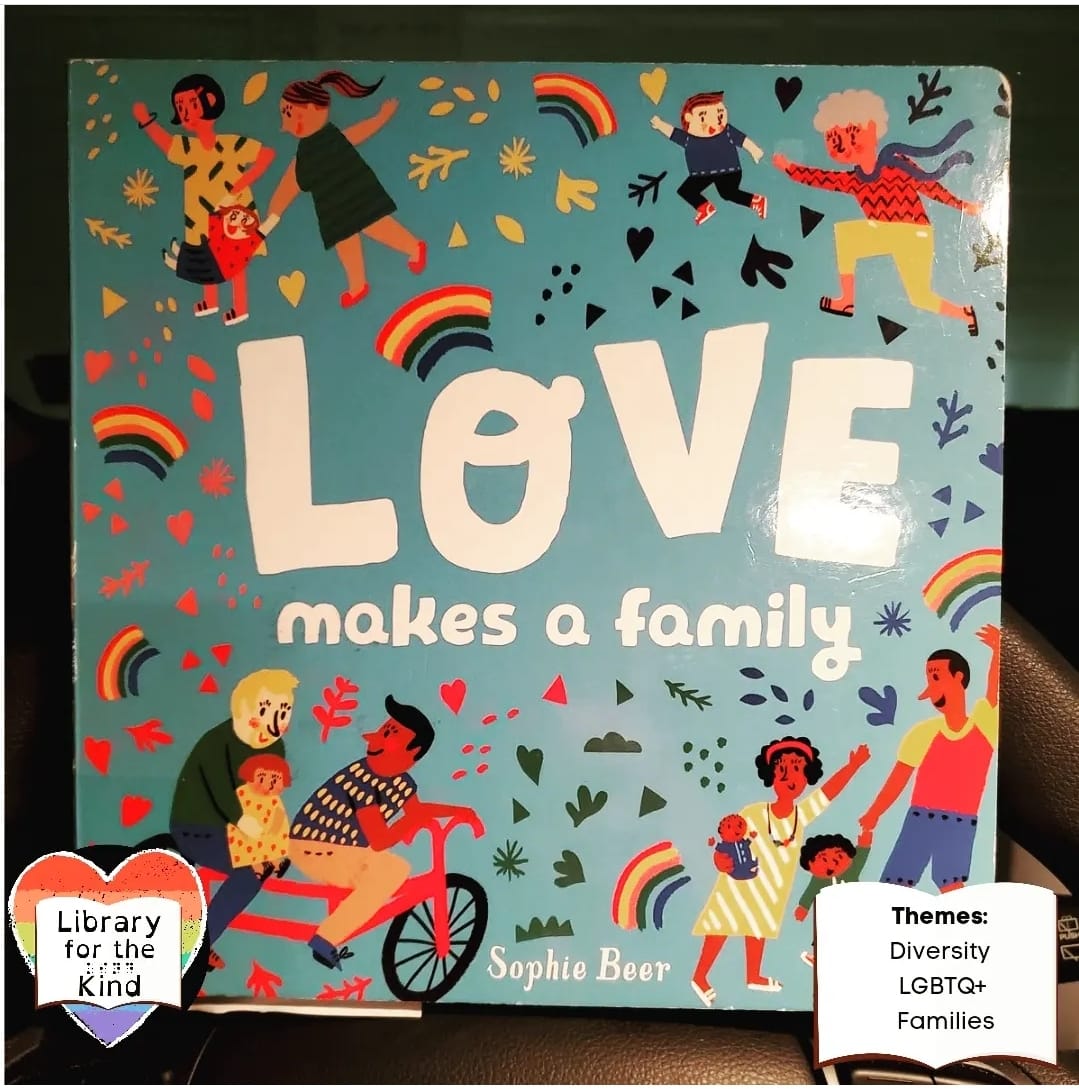

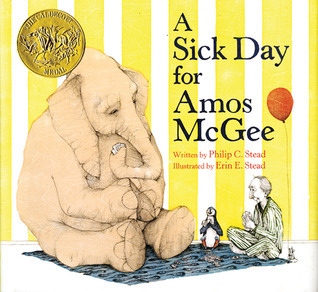
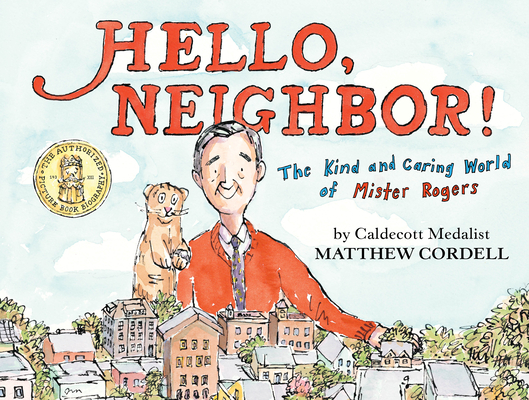
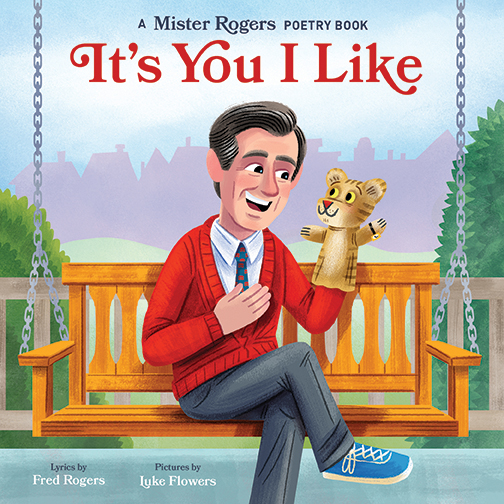
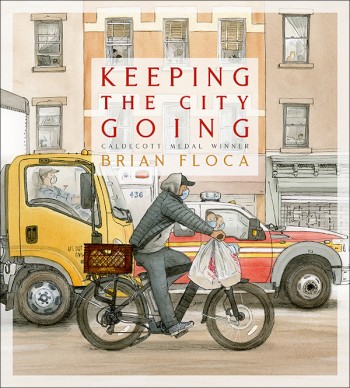
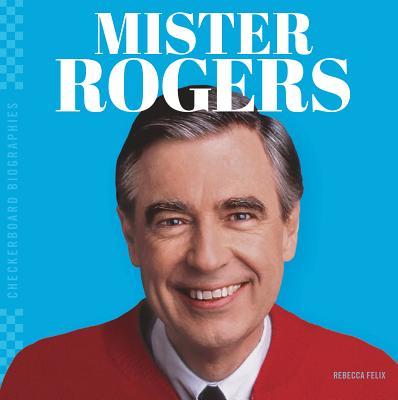
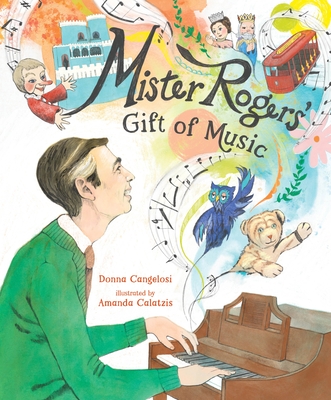
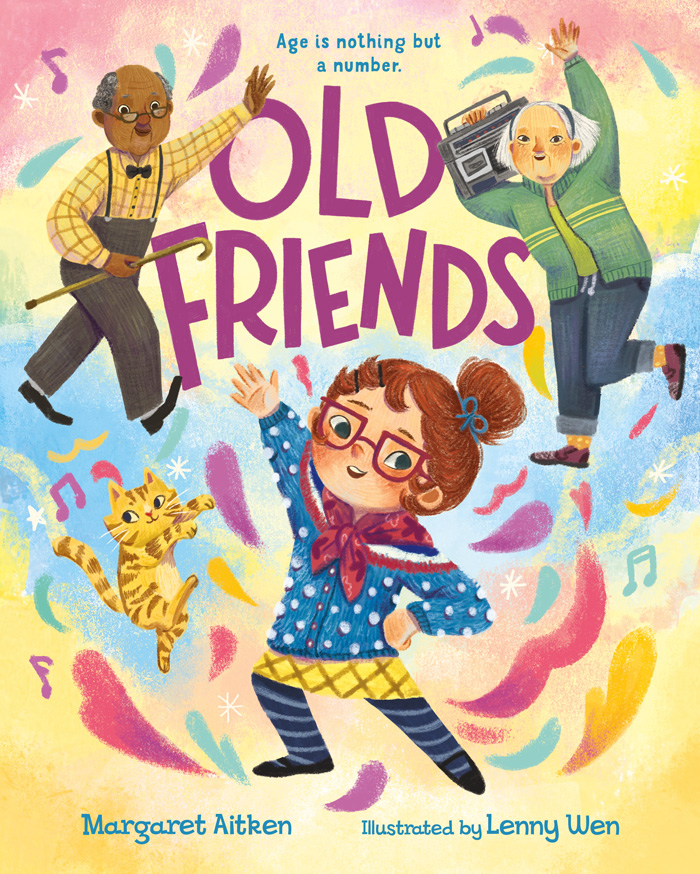
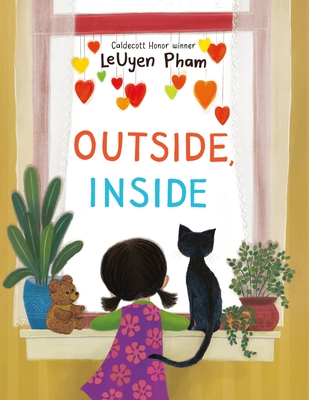
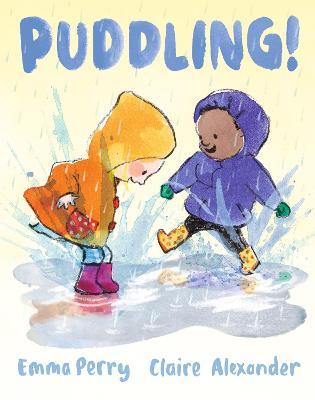
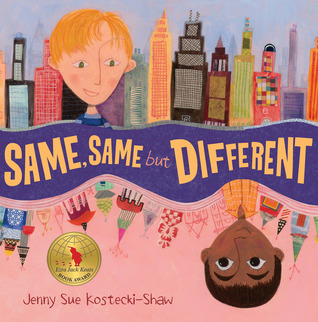
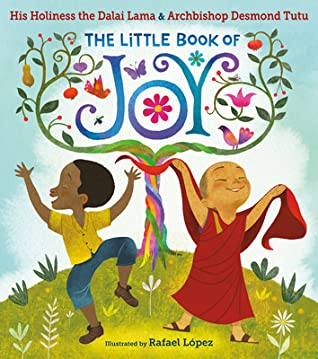
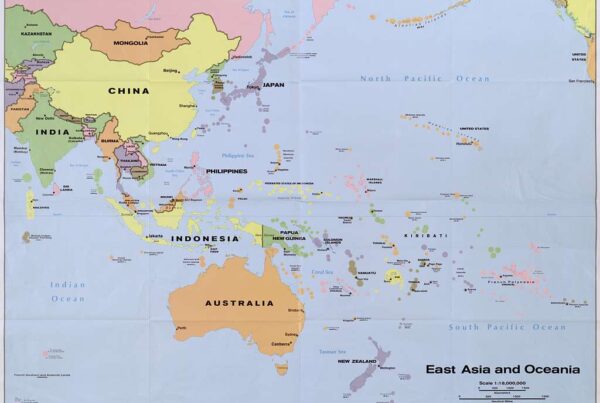
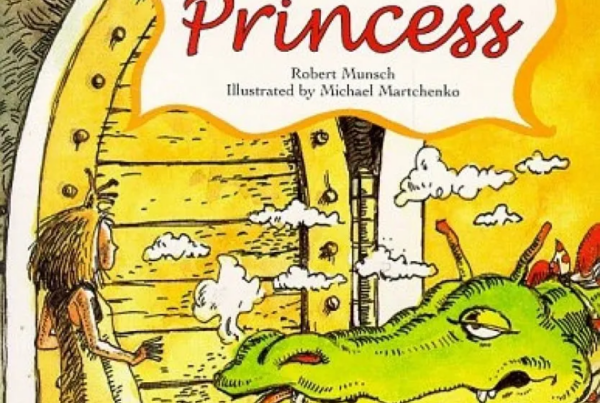
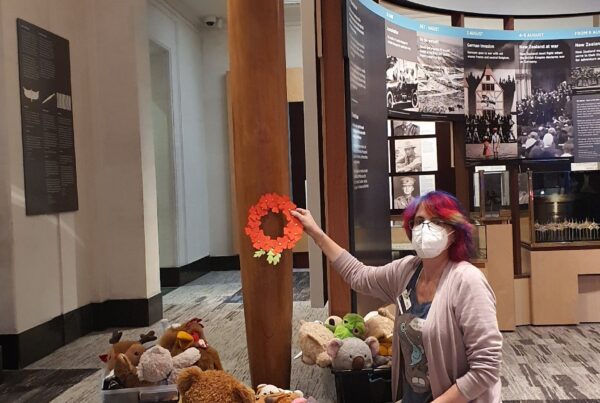
I love this site!! I happened upon when looking at former colleague’s LinkedIn post about Mr. Rogers. How fortuitous!